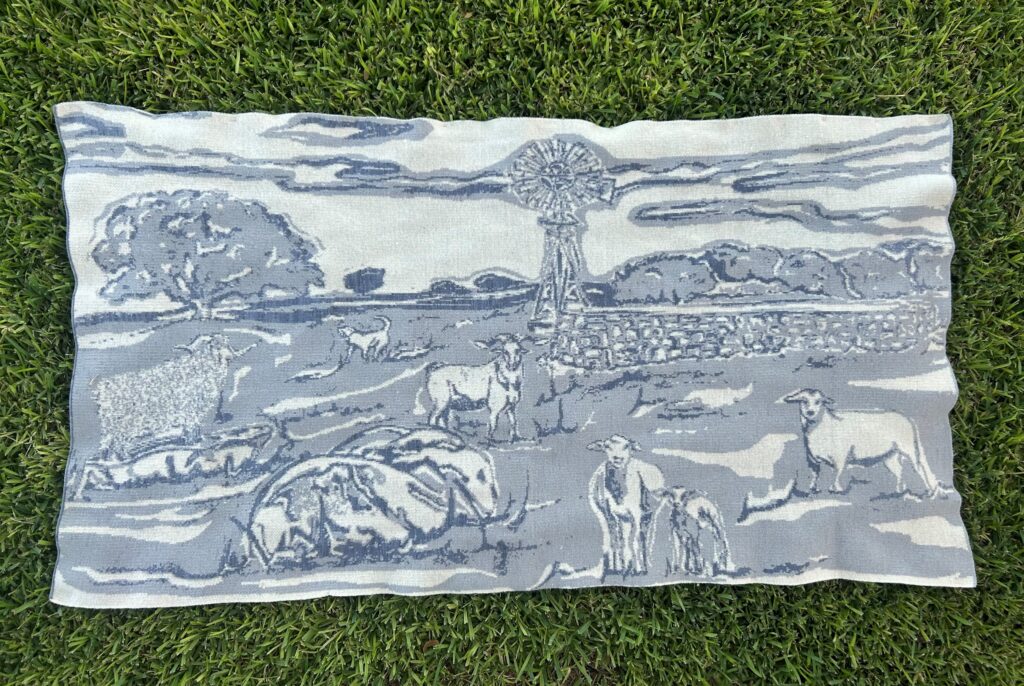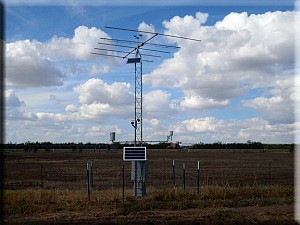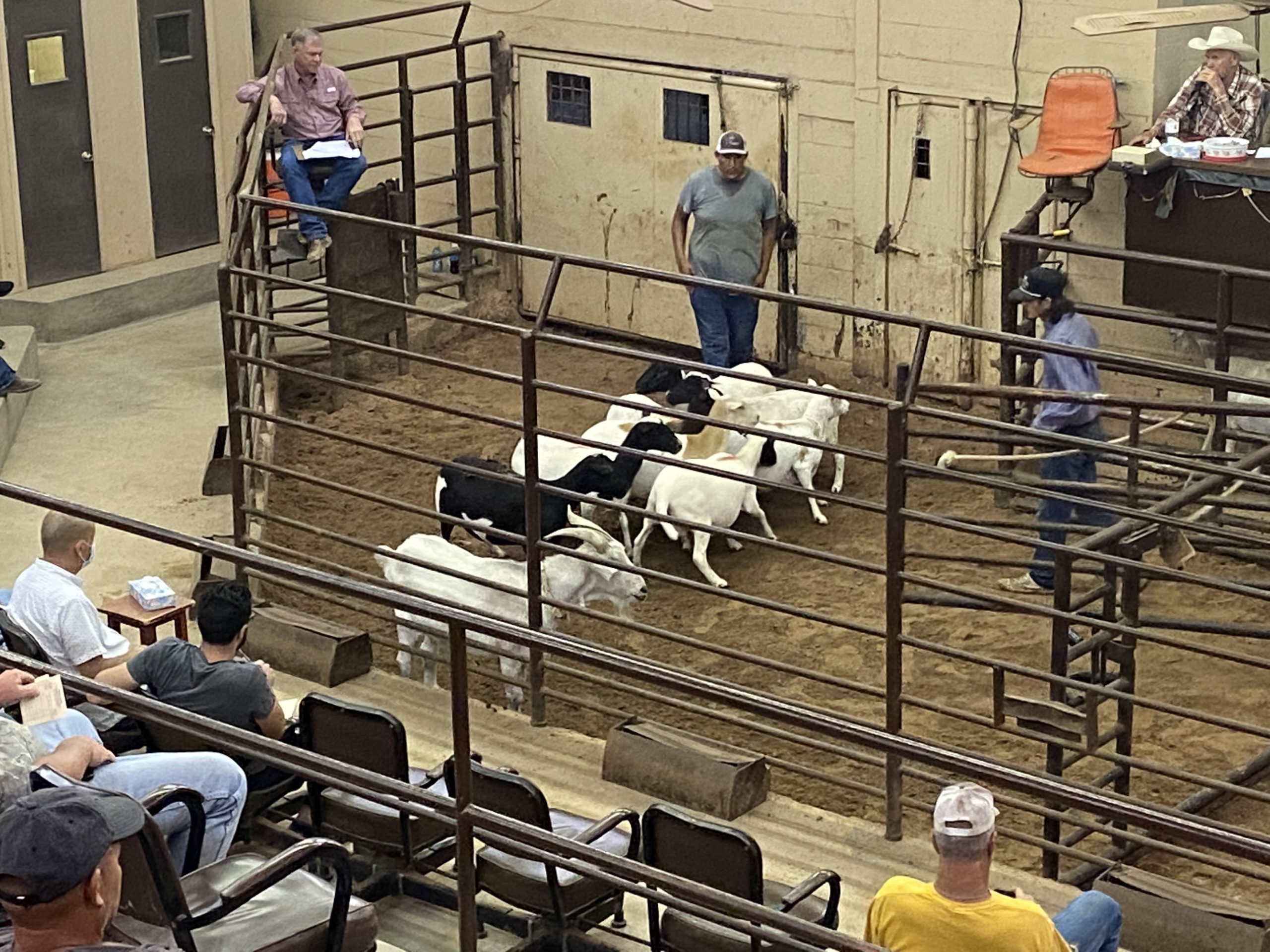Project Leader:
Dr. Charles “Butch” Taylor, Texas AgriLife Research – Sonora
Ranching in the western part of the Edwards Plateau is difficult even in the best of times. However, throw in a few droughts, poisonous plants, predators, noxious brush, parasites, hot and freezing weather, and the task of successful ranching can seem impossible. In order to survive in this region, ranchers realized early on that running livestock species adapted to this semi-arid environment was critical.
Historically, West Texas ranchers have used the Rambouillet breed of sheep and the Angora breed of goat for food and fiber production. Rambouillet ewes and Angora does are time-tested, dual purpose animals. However, legislation was passed by Congress in 1993 to phase out the Wool Act of 1954, which had financially supported the wool and mohair industries. Currently the only federal commodity programs providing support for wool and mohair are the Crop Marketing Assistance Loan Program, and the Loan Deficiency Program. These were authorized by the 2002 United States Department of Agriculture (USDA) Farm Bill in order to stabilize the U.S. Sheep Industry that was reeling from drought and declining fine wool sheep and Angora goat numbers.
In this new era, producers not only face the challenges of low and fluctuating wool and mohair prices, but also other major roadblocks to profitability, such as increased costs for shearing, poisonous plants, parasites and drought. The purpose of this project is to evaluate traditional and non-traditional breeds of small ruminants in a limited resource environment to determine which kind of ruminant is best adapted from an economic and environmental perspective. Economic/environmental limitations include: fluctuating wool and mohair prices, increased cost of mechanical/chemical treatments to manage noxious vegetation, increased cost of labor for shearing and animal maintenance, and poor animal productivity due to parasites, poisonous plants and drought. All of these factors are making the traditional ranching system less profitable.
As stated above, the purpose of this project is to evaluate traditional and non-traditional breeds of small ruminants in a limited resource environment to determine which kind of ruminant is best adapted from economic and environmental perspectives. To accomplish this goal, animal production potential of Spanish x Boer cross goats, Rambouillet sheep, Dorper x Barbado cross sheep (Dorpados), and Angora goats is being evaluated, along with efforts/studies to determine the economics of the different kinds of livestock enterprises by recording operational expenses and income on a yearly basis. Additionally, bitterweed susceptibility of Spanish x Boer cross goats, Rambouillet sheep, Dorper x Barbado cross sheep, and Angora goats is evaluated (table 1).
Table 1. Pros and Cons per breed1.
| Angora | Dorpado | Meat | Rambouillet | |
| Parasites | – | + | – | + |
| Bitterweed | + | – | + | – |
| Mortality | – | + | + | + |
| Kidding | – | + | + | – |
1Pro and cons based on 2-yrs of data. This research study will be continued for one more year. Contact Charles Taylor for more information (angora@sonoratx.net).




